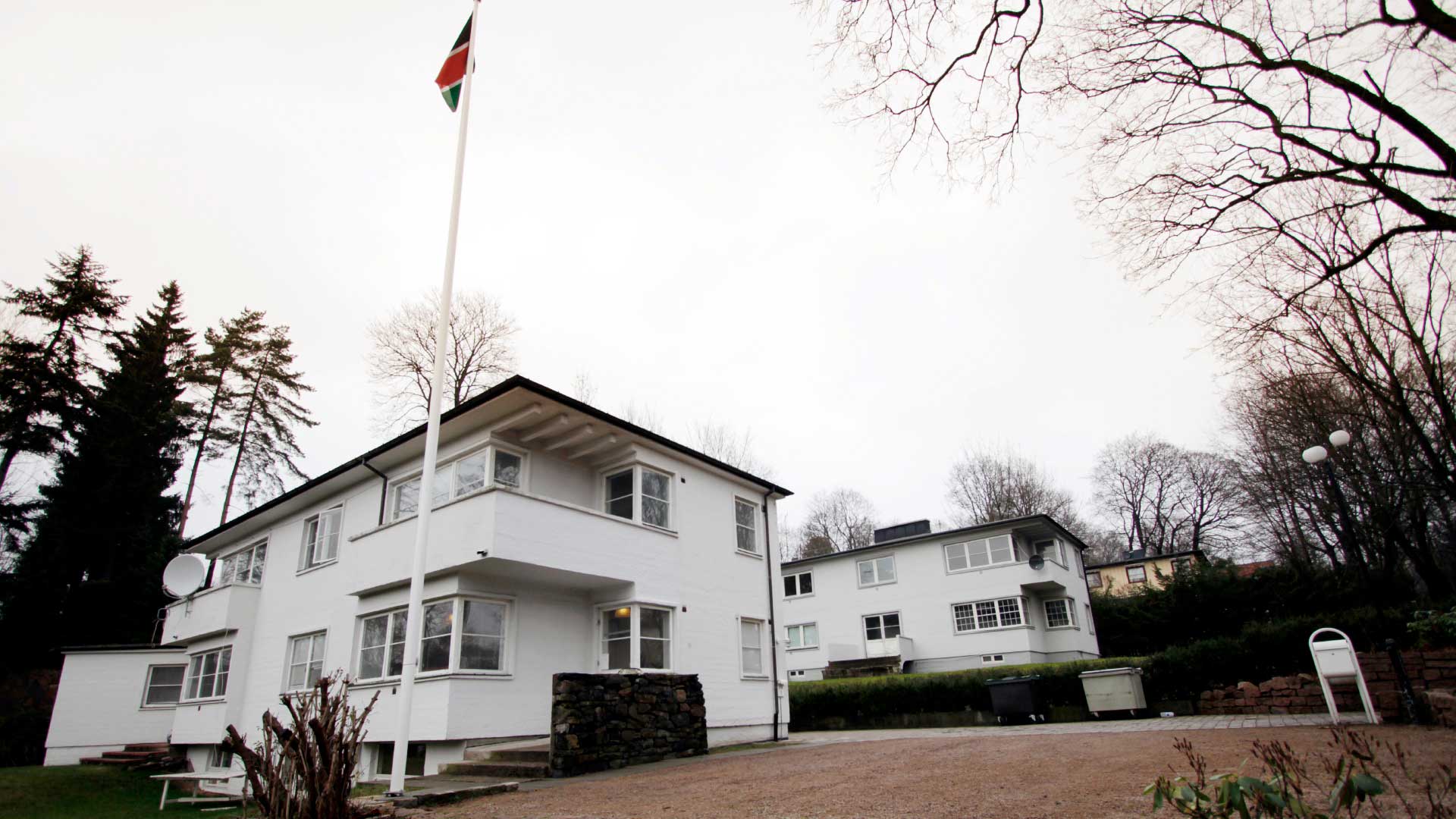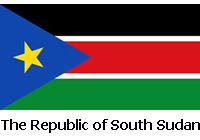Culture
Culture in South sudan
The population of South Sudan is currently estimated 8 – 10 million. People of South Sudan lives in urban and rural areas and it is yet expected to hold a nationwide census exercise in the near future, that can yield an official population count. People of South Sudan are broadly grouped into three ethnic grouping: Nilo-Sudanic tribes, Nilo hamiets tribes and Bantu. Eastern Sudanic, Central Sudanic and Ubangian. Eastern and Central Sudanic are subset of Nilo-Saharan languages which constitute the major language family in South Sudan. Ubangian is mostly associated with Bantu people who are the second major language family in South Sudan. There are some Arabic Juba speaking people. They are mostly clustered in Northern Bahr el Ghazal and Western Bahr El Ghazal States.
The ethnicity of South Sudan is richly diverse. There is 64 tribes or ethnic groups are natives of the nascent nation. Many of these ethnic groups share common culture, very closely-link cultural traits with intelligible languages which forming distinct larger family units. The groups are briefly explain below.
The Dinka:
Historically are cattle owners as part of their cultural heritage. You find them good in several human activities such as agriculture, garning, fishing and hunting.
They are cherishing farming. They are doing large scale agriculture to complement and balance their subsistence. The Dinka have strong devotions to their livestock. Cattle play is a fundamental role in Dinka social fabrics: personal’s social status are determined by the number of cattle one owns, these cattle are essential component of dowry, once cattle received by the bride family after that marriage is recognized most, kids are often named to bear the names of their ancestors after the names of their Ancestors in most cases, followed by names for admirations; such as colors of Bulls paid as Dowry in marriage. Cattle that the parents adores are the ones essential in their lives.
The Nuer:
The Nuer occupies for themselves a vast savanna land which stretches from Ethiopia border to the west of the Nile River and encompasses the counties of Nasir, Fangak, Akobo and Bentiu. The Nuer economic activities are same as the Dinka. Marriage is recognized through the exchange of dowry in the form of cattle between a groom’s kin and a bride family. The standard of forty heads of cattle makes up the expected bride-wealth which bride family can receive.
The Luo groups:
Luo speakers are agro-pastoralists who usually keep small herds of cattle in addition to larger flocks of sheep and goats. Some communities’ adept and dedicated themselves as fishermen who successfully exploit the resources of rivers they live along and hunting are also widely practiced especially among the Shilluk and Aynuak. Women provide most of the less-intensive labor in the field. Men and women perform various functions when it comes to construction of homestead structures. Marriage is main goal of every adult. When there is an understanding between the courting couple then parents on both sides will then get involved.
The Azande:
They are mainly farmers who grow various crops and fruits and often rear domestic animals such as goats and chickens. Farming remains largely women domain while Men build and maintain homesteads and perform other various tasks and crafts. They make excellent baskets woven from barks and leaves of palm like different types of tables, chairs, bow, arrows, and hats. And they are also fond of making swords and knives. Each kingdom was divided into provinces which were administered mainly by the king’s younger sons.

